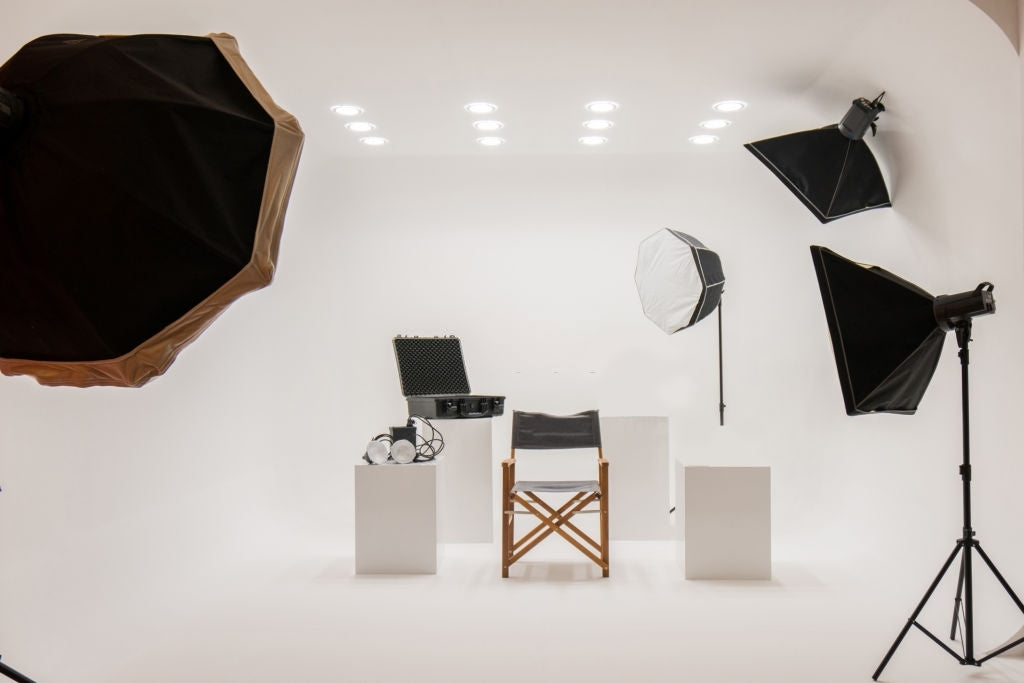What Is Back Lighting in Photography and Why Is It Important?
When it comes to photography, lighting can make or break the entire composition. One of the most intriguing techniques is back lighting, a method that can create stunning visual effects reminiscent of classic art and modern innovations. In this article, we will explore what is back lighting in photography and dive into its applications, benefits, and strategies for effectively implementing this technique in your photography sessions.
For professional photographers, understanding various lighting techniques is essential. Back lighting, in particular, helps in creating depth and mood in your photographs, influencing how viewers perceive the imagery. But first, lets break down this intriguing concept.

The Basics of Back Lighting
Back lighting occurs when the light source is positioned directly behind your subject, often resulting in dramatic contrasts between the subject and the background. This technique can highlight outlines or silhouettes of the subject, bringing forth an ethereal quality to images. Whether you are shooting portraits, landscapes or product photography, back lighting offers an opportunity to enhance depth and dimension while providing a unique aesthetic.
Creating Silhouettes
One of the most common uses of back lighting is to create silhouettes. By having the subject positioned between the camera and the light source, the excess light floods the background, while the subject remains darker. This technique is particularly fascinating during sunrise or sunset when the natural light creates vibrant colors, adding emotional depth to your images.
Layering and Depth
When executed correctly, back lighting can create layers within the image, helping to separate the subject from the background. By positioning a light source strategically, photographers can craft separation and highlight texture. This method is particularly effective in wildlife photography, where the subjects are often enveloped by nature.

Back Lighting Techniques for Professional Photographers
Mastering back lighting requires keen observation and an understanding of technical principles. Here are a few techniques that can elevate your photography:
1. Positioning is Key
Taking the time to position your subject in relation to the light source is vital. Using tools like reflectors can enhance lighting effects. Adjusting the height and angle of your light source can also lead to different results, whether you want a soft glow or a stark silhouette.
2. Understand Exposure Compensation
Back lighting can often cause your camera to misjudge exposure settings. Be prepared to use exposure compensation or manual mode to optimize your final image. Check your histogram and adjust settings accordingly to highlight details both in shadow and highlight areas.

Advantages of Back Lighting in Photography
There are numerous advantages to using back lighting in your photography:
1. Enhances Textures and Patterns
Back lighting can accentuate details in fabrics or skin textures, making it an excellent technique for fashion or portrait photographers. The light can create shadows, revealing intricate details that are not easily visible in front lighting.
2. Emphasis on Emotion
The right back lighting enhances the emotional narrative in your photographs. A soft back light during an intimate portrait can evoke feelings of warmth and nostalgia.
3. Artistic Flair
Implementing back lighting often results in visually striking compositions that stand out. This artistic flair makes it an excellent technique for commercial and fine art photography, where aesthetic qualities are paramount.

Challenges of Back Lighting
While back lighting can be magical, it also presents challenges that photographers should be aware of:
1. Hazy Outlines
If not handled correctly, back lighting can produce hazy outlines instead of defined silhouettes, causing loss of details. Understanding your camera's capabilities and utilizing proper settings can help manage this effect.
2. Exposure Difficulties
As previously mentioned, back lighting can cause exposure issues. Professional photographers must master the controls of their cameras, such as aperture and shutter speed, to maintain detail in both highlights and shadows.
Practical Applications of Back Lighting
1. **Portrait Photography**: Transform the ordinary into the extraordinary by integrating back lighting in portrait sessions.
2. **Product Photography**: Use back lighting to create appealing product images. Items like glass or translucent materials can yield beautiful results.
3. **Nature Photography**: Capture stunning landscapes by positioning the sun or backlighting natural elements like flowers or leaves.
Conclusion
Understanding what is back lighting in photography equips professional photographers with tools to create breathtaking images. Mastering this technique not only enhances your understanding of light but also allows you to express creativity and emotion in your work. By leveraging back lighting effectively, your photography will stand out in the competitive market.
For more insights into various photography techniques, check out front lighting techniques, or learn about other lighting styles. These resources provide practical tips for diversifying your approach.
FAQs
1. What is back lighting primarily used for?
Back lighting is primarily used to create silhouettes, emphasize depth, and add texture to photographs.
2. How do I prevent my images from being overexposed when back lighting?
Utilize exposure compensation and manual settings to optimize the exposure of your images.
3. Can back lighting work in indoor settings?
Yes, back lighting can be effectively implemented in indoor settings using artificial light sources, like lamps or flashes.
As an Amazon Associate, I earn from qualifying purchases.

